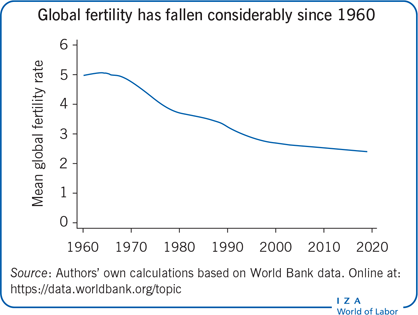Elevator pitch
At the national level, it has long been observed that a country's average education level is negatively associated with its total fertility rate. At the household level, it has also been well documented that children's education is negatively associated with the number of children in the family. Do these observations imply a causal relationship between the number of children and the average education level (the quantity–quality trade-off)? A clear answer to this question will help both policymakers and researchers evaluate the total benefit of family planning policies, both policies to lower fertility and policies to boost it.

Key findings
Pros
Lower fertility, or fewer children per family, is associated with more years of schooling.
Smaller families can invest more in each child, which boosts measures of child quality such as health, education, and cognitive ability.
A planned increase in a family’s number of children has less impact on per child expenditures than an unplanned increase because parents can adjust their finances in anticipation of having another child.
In developing countries, family planning policies could raise child quality.
In developed countries with very low fertility rates, pro-fertility policies may not negatively affect quality.
Cons
Negative correlations between the number and quality of children might reflect a spurious relationship.
The average cost of raising children is higher for smaller families as they cannot take advantage of economies of scale, such as sharing of rooms or clothes.
An unplanned increase in the number of children might have a strong negative effect on child quality.
Policies to reduce fertility in order to enhance child quality might not be effective when education is heavily subsidized and the school leaving age is regulated.